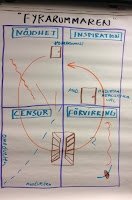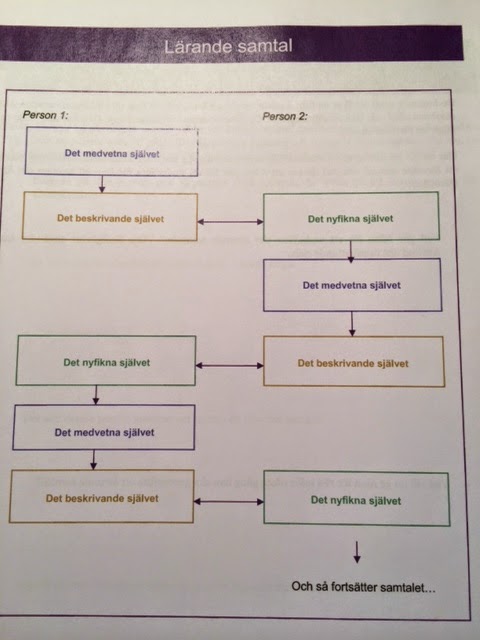Network leaders changing company tribes?
How do you use the power of organisational tribes within large organisations?
How do you boost the network leaders in a company?
I have more and more come to believe that units of about 100-150 people are a reasonable size in order to be effective. Many companies have implemented their organisations using this size and the evidence for this "group size being effective" goes back to the ancient tribe societies many thousand years ago.
In a large organisation with many thousand people - how do you really support these tribes? When having identified the existing tribes, you should understand the value of using the tribe leaders within the company. Top management who are steering the company towards a new vision, making new strategies and rolling out transformation plans should always remember that the cultural change will still be headed by the tribe leaders. And, in all organisations you have persons that are connecting different groups together as a "hub function". They are interested of using the capabilities of the whole company, using those parts that can add value to a certain activity.
In the book "Making sense of Change management" (Cameron/Green) you can read that Peter Senge (Senge et al 1999) identified three important, interconnected types of leaders that all are necessary in order to make a company change successful: local line leaders, executive leaders and network leaders:
Local line leaders - Front-line managers who design the products and services and make core processes work. These people are usually very focused on their own teams and customers. They rely on network leaders to link them with other parts of the organization, and on executive leaders to create the right infrastructure for good ideas to emerge and take root.
Executive leaders - These are management board members. Senge states that they are responsible for three thing; designing the right innovation environment and the right infrastructure for assessment and reward, teaching and mentoring local line leaders, and serving as role models to demonstrate their commitment to values and purpose.
Network leaders - Senge makes the point that the really significant organizational challenges occur at the interfaces between different project groups, functions and teams. Network leaders are people who work at these interfaces. They are guides, advisors, active helpers and accessors (helping groups of people to get resource from elsewhere), working in partnership with line leaders. They often have the insight to help local line leaders to move forward and make change happen across the organization.
In order to be successful, a company needs to identify these different leadership types and support the interconnections between the various roles.
So, in a large company you could have hundreds of different tribes. How do you use this as a strength?
Firstly, Executive leaders role are to set the stage and to clarify where we as a company are going.
Secondly, identify the tribes and make their leaders visible - boost their tribal culture. Thirdly, support individuals within each tribe that are willing to take the network leader role in order to create partnerships with other tribes. Done!?



Kommentarer
Skicka en kommentar